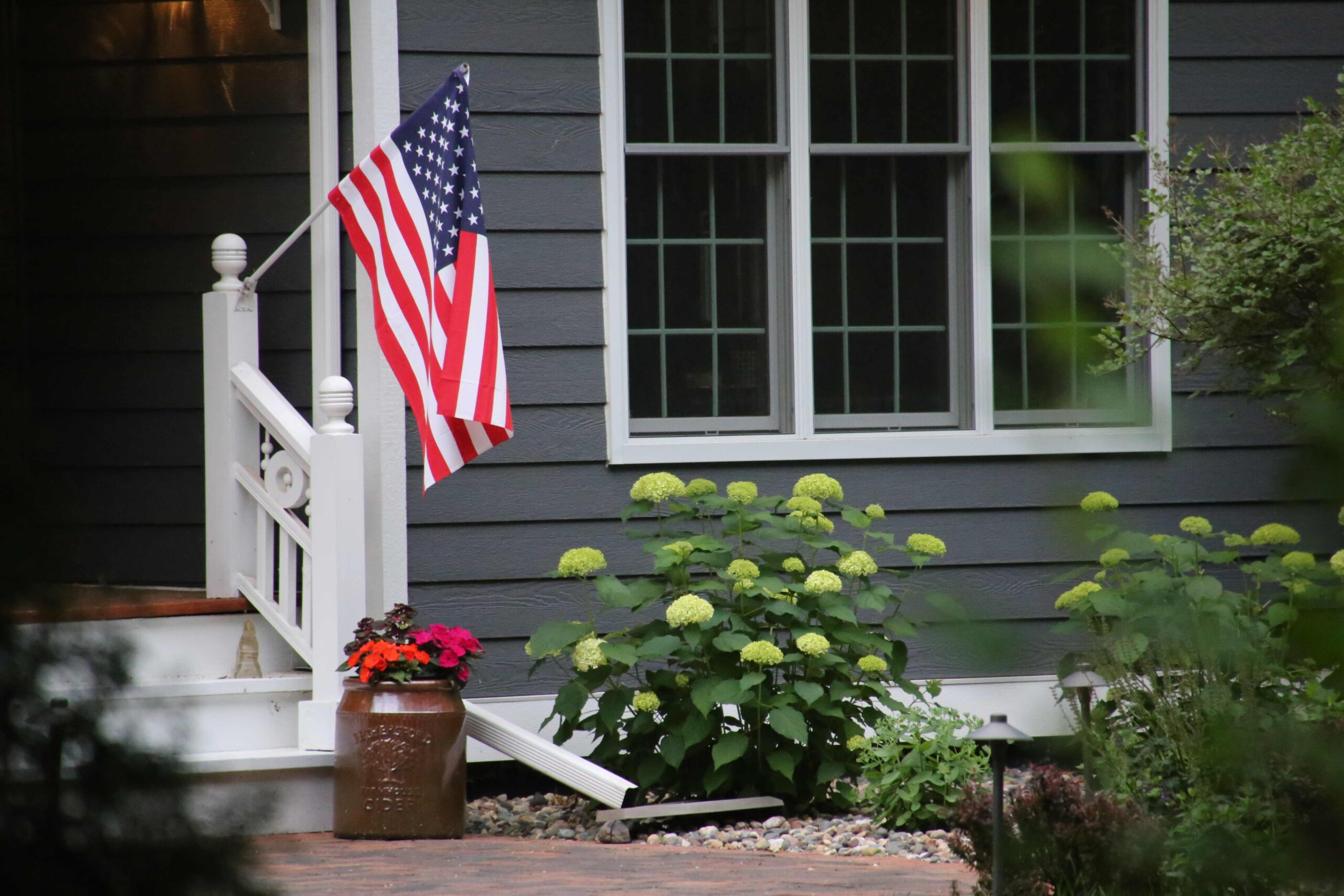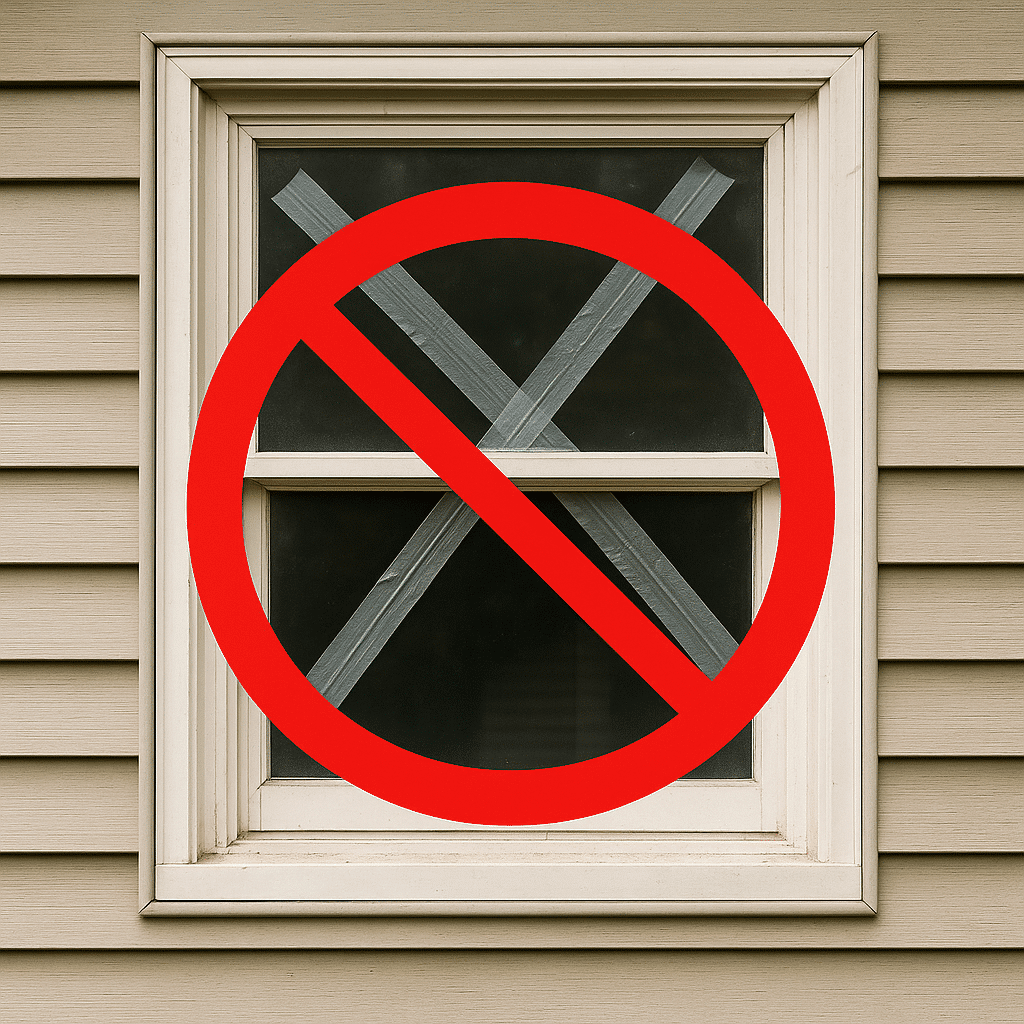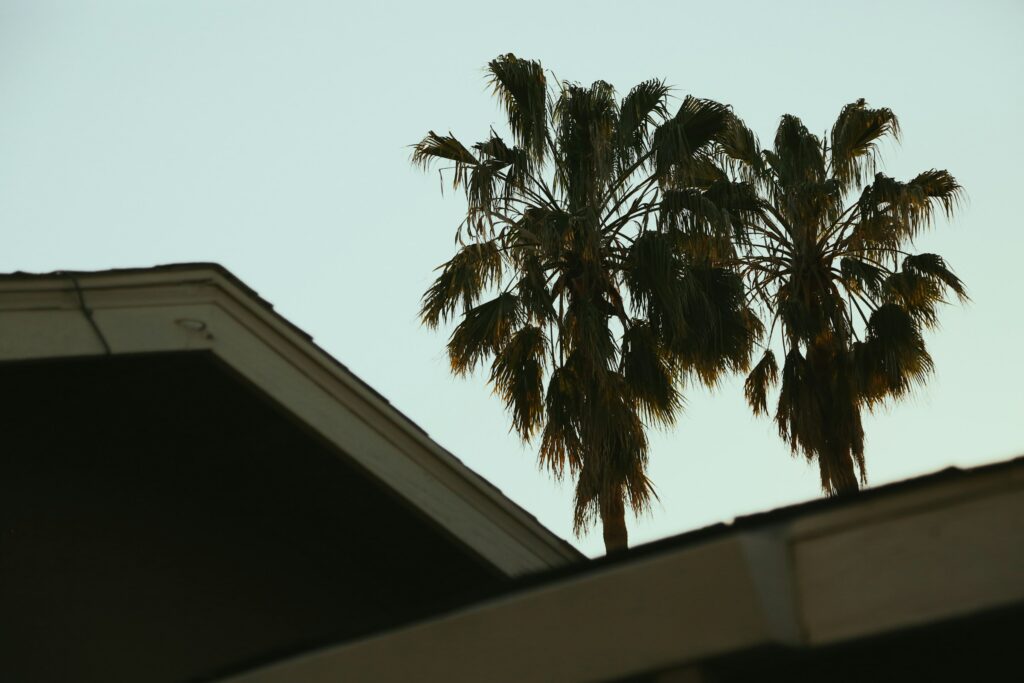
Florida homes face relentless sun, salty air, and the threat of hurricanes. Plastic windows, specifically vinyl and PVC, stand up to those conditions far better than aging wood or aluminum. Homeowners who once wondered if vinyl windows are good now see them everywhere, from beachside bungalows to condo towers, because polymer frames resist rot, termites, and UV damage. Yet “vinyl” and “PVC” often get used interchangeably, which muddles pricing and performance claims.
This guide clarifies what each label means, how the two materials differ, and why one clear plastic window material usually edges out the other in long-term value.
What Are PVC Windows?
PVC stands for polyvinyl chloride windows, a category that relies on rigid, un-plasticized PVC (uPVC) for the frame. The compound extrudes into multi-chamber profiles that lock in air for insulation and weld at the corners for watertight strength. Basic colors remain limited to white and light beige, and reinforcement options are modest, but PVC provides a stable entry point into plastic windows for homeowners focused primarily on upfront cost.
How Vinyl Windows Differ
Vinyl windows start with the same base polymer yet incorporate flexible modifiers and co-extruded capstocks. Those additives let manufacturers form thicker walls, integrate advanced weather seals, and offer a richer color palette—including bronze, clay, and even wood-look laminates. Because vinyl retains the essential PVC chemistry, it still sidesteps rot and corrosion; the refined formulation simply extends design choice and elevates performance. So while vinyl is technically PVC at its core, a premium vinyl line positions itself as the next step up in efficiency, durability, and curb appeal.

Performance Comparison: Energy, Strength, and Maintenance
Choosing windows comes down to what you feel day in and day out: lower utility bills, a tighter seal during summer storms, and frames that stay true season after season.
Energy Efficiency
- Frame insulation: Every PVC profile traps air in internal chambers, but top-tier vinyl often adds foam fills that push U-factor ratings lower.
- Glazing packages: Both materials pair with double- or triple-pane glass and low-E coatings; vinyl brands more frequently bundle these upgrades as standard.
- Seal longevity: Welded corners limit air leaks, yet vinyl’s flexible edges compress and rebound without tearing, preserving efficiency longer.
Structural Strength
- Impact resistance: Sash rails in premium vinyl accept steel or fiberglass inserts, giving them a decisive edge when engineered for hurricane impact certification.
- Color stability: Unmodified PVC performs best in lighter tones; vinyl capstocks reflect heat even in deeper hues, reducing expansion stress.
- Hardware anchoring: Reinforced vinyl walls provide extra bite for stainless fasteners, minimizing handle wobble after years of daily use.
Maintenance
- Cleaning: A quick rinse with mild soap keeps either surface spotless; neither requires scraping or repainting.
- Warping & swelling: Both resist moisture, but vinyl’s built-in flexibility helps frames stay square if the surrounding structure settles over time.
- Caulk compatibility: Common silicone bonds well to both polymers, simplifying DIY touch-ups.
Environmental Impact and Recyclability
Both PVC and vinyl frames can be recycled, and their long service life cuts down on replacement waste. Energy models show a high-performance frame can pay back its embodied carbon in under five years by easing HVAC demand. For an even greener profile, look for vinyl built with recycled-content cores capped by virgin exterior layers; that approach conserves resources while safeguarding colorfastness.
Cost and Return on Investment
Entry-level PVC windows cost less at the register, yet upgraded vinyl options often recover the price gap through better insulation and fewer service calls. The energy-efficient windows lineup illustrates how foam-filled vinyl frames paired with spectrally selective glass lower cooling loads. Our breakdown on how much you can save on energy-efficient windows shows many Florida households trimming hundreds of dollars per year, which are savings that compound over decades.

Vinyl’s Role in Hurricane Impact Windows
Florida’s building codes demand glazing that withstands debris strikes and pressure spikes. Reinforced vinyl excels here because its internal cavities house steel stiffeners without forming thermal bridges. Our guide on what to look for in hurricane impact windows confirms why most manufacturers pair laminated glass with vinyl frames for a robust barrier against storm forces.
Choosing the Right Clear Plastic Window Material
Your best pick hinges on priorities:
- Budget-first: Standard PVC handles basic weather resistance at a starter price, though feature sets stay limited.
- Style & efficiency: Vinyl’s broader colors, shape flexibility, and advanced insulation deliver stronger curb appeal and lower U-factors.
- Storm security: Strengthened vinyl with impact glass leads the pack for hurricane zones and coastal exposure.
Even the finest frame needs precise installation. FHIA crews follow factory specifications for shims, backer rod, and sealant so every insulating chamber works to full potential.
When to Plan Your Upgrade
Condensation between panes, drafts around the sash, or rising energy bills all signal it’s time to act. Replacing pre-1990 wood or aluminum with high-performance windows boosts comfort immediately, and many financing plans let monthly savings offset payments. As you set timelines and gather quotes, review our window replacement page for options in our service area.
Vinyl Emerges as the Smart Choice
Vinyl and PVC windows share polymer roots, but refinements in modern vinyl deliver stronger energy savings, richer design options, and built-in capacity for hurricane reinforcement, which are benefits that matter in Florida’s demanding environment. PVC offers a serviceable step up from aging wood, yet vinyl usually wins the long game on efficiency and resilience.
Consult FHIA’s specialists to match the right vinyl profile, glass package, and installation technique to your home. You’ll gain cooler rooms, quieter interiors, and confidence that your new windows are ready for whatever the forecast brings.
70% off Installation
18 months no interest no payments




